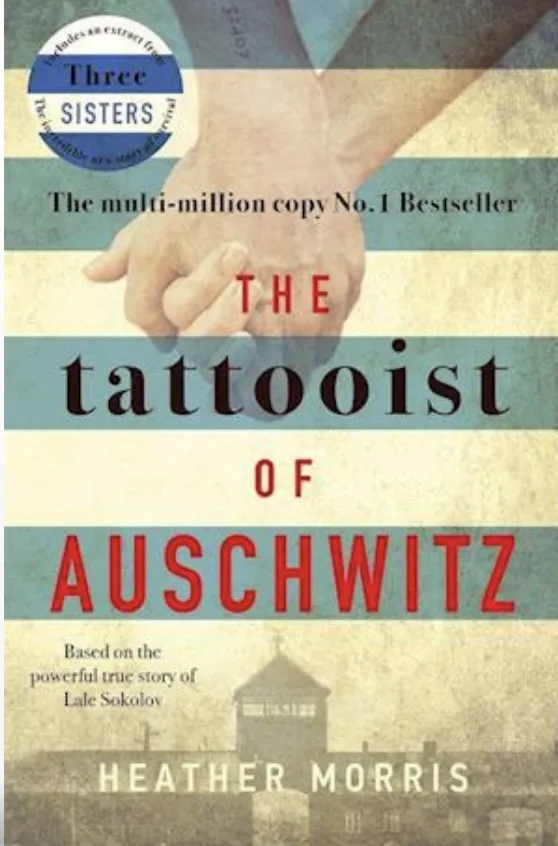
Introduction
“The Tattooist of Auschwitz,” penned by Heather Morris, is a poignant historical fiction novel that delves into the extraordinary love story between Lale Sokolov and Gita Furman amidst one of humanity’s darkest periods—the Holocaust. This review aims to provide insights into the book’s themes, characters, and overall impact, revealing why it has resonated with so many readers.
Background Information
Context of the Story
Set against the harrowing backdrop of Auschwitz during World War II, the narrative presents a stark portrayal of the Holocaust, a tragedy that claimed millions of lives. This historical event serves as a powerful backdrop to the characters’ experiences, illustrating both the brutality and resilience found within the human spirit.
Author’s Background
Heather Morris was inspired to write this story after learning about Lale Sokolov, a Holocaust survivor whose tale needed to be told. Her motivation stemmed from a desire to honor those who suffered during this dark chapter in history and to emphasize the importance of preserving their stories.
Plot Summary
The story centers around Lale Sokolov, the camp’s official tattooist, whose life takes an unexpected turn when he meets Gita Furman. Their love blossoms amidst the chaos of Auschwitz, encapsulating the depth of human connection in the face of turmoil. This tale illustrates the role of tattoos as both a mark of survival and a symbol of lost identity.
Themes and Motifs
Love and Survival
The narrative powerfully emphasizes the theme of love as a means of survival. Lale and Gita’s relationship showcases how love can thrive even amidst severe adversity, serving as a beacon of hope against despair.
Identity and Humanity
The allocation of tattoo numbers strips individuals of their names, illustrating the dehumanization that occurred in concentration camps. This theme evokes critical discussions about identity and personal significance in the face of systemic oppression.
Hope and Resilience
The characters in the novel reflect an unwavering resilience, demonstrating how hope can sustain the human spirit through unimaginable challenges. Their journeys highlight the strength derived from love and community.
Character Analysis
Lale Sokolov
Lale is portrayed as a courageous and resourceful individual whose personality evolves dramatically throughout the narrative. His motivations, driven by love and survival, showcase his development as a character.
Gita Furman
Gita’s character arc is equally compelling. Her role in Lale’s life symbolizes a sanctuary of hope and love in a world consumed by hatred. Together, they embody the strength of human connection.
Supporting Characters
The novel includes a range of supporting figures whose interactions with Lale and Gita deepen the story and provide critical insights into life in Auschwitz.
Writing Style and Voice
Morris employs a narrative style that balances historical accuracy with emotional depth, drawing readers into the trauma and resilience of the characters. Her descriptive language enhances the immersive experience, creating a powerful connection between the reader and the material.
Emotional Impact
Readers embark on an emotional journey as they navigate powerful scenes that evoke profound feelings of love, despair, and hope. The overall message of resilience shines through, leaving readers with a lasting impression of the human capacity to endure.
Reception and Critique
Critically, the novel has garnered a positive response, celebrated for its heartfelt storytelling and character development. While some may critique its portrayal of historical events, many readers find it a compelling reminder of the Holocaust’s horrors and the importance of remembering those who suffered.
Conclusion
In conclusion, “The Tattooist of Auschwitz” is a moving testament to love’s power in the face of adversity. The story’s emotional depth and historical context resonate strongly, making it a recommended read for anyone interested in historical fiction and the human experience during the Holocaust.
Next steps
We encourage readers to share their thoughts on the themes and characters discussed in the novel. What are your impressions of Lale and Gita’s relationship? Are there other historical narratives that resonate with you? Feel free to join the discussion in the comments section below.
Additional Resources
For those interested in further exploration, consider checking out:







